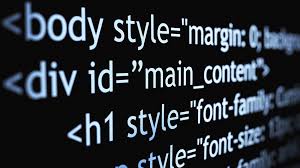What is a Web Page?

A web page, also called a web document or simply a page, is a document that can be accessed over the internet through a web browser. It is a basic building block of the World Wide Web (WWW) and is used to transmit information across the internet.
A web page is typically created using a combination of HTML (Hypertext Markup Language), CSS (Cascading Style Sheets), and JavaScript. HTML provides the structure of the web page, CSS controls the presentation, and JavaScript adds interactivity and dynamic elements to the page.
Each web page has a unique address, known as a Uniform Resource Locator (URL), which allows users to access it directly or through links from other web pages. When a user types a URL or clicks on a link, the web browser requests the page from a server, which sends the code for the page back to the browser. The browser then interprets the code and displays the content of the page on the user’s device.
Web pages can contain various types of content, including text, images, audio, and video. They can also include interactive elements such as forms, buttons, and animations. Web pages can be static, meaning they do not change, or dynamic, meaning they display different content based on user input or other factors.
Web pages can be created by individuals or organizations for various purposes, such as promoting a business, sharing information, or providing entertainment. They can also be part of larger websites, which can contain multiple pages and are organized into a navigational structure.
In conclusion, web pages are essential components of the internet and serve an important role in transmitting information between users and the WWW. They are created using a combination of HTML, CSS, and JavaScript and can include various types of content and interactive elements. Web pages can be static or dynamic and can be created for a variety of purposes by individuals or organizations.





